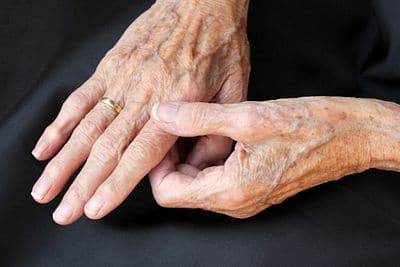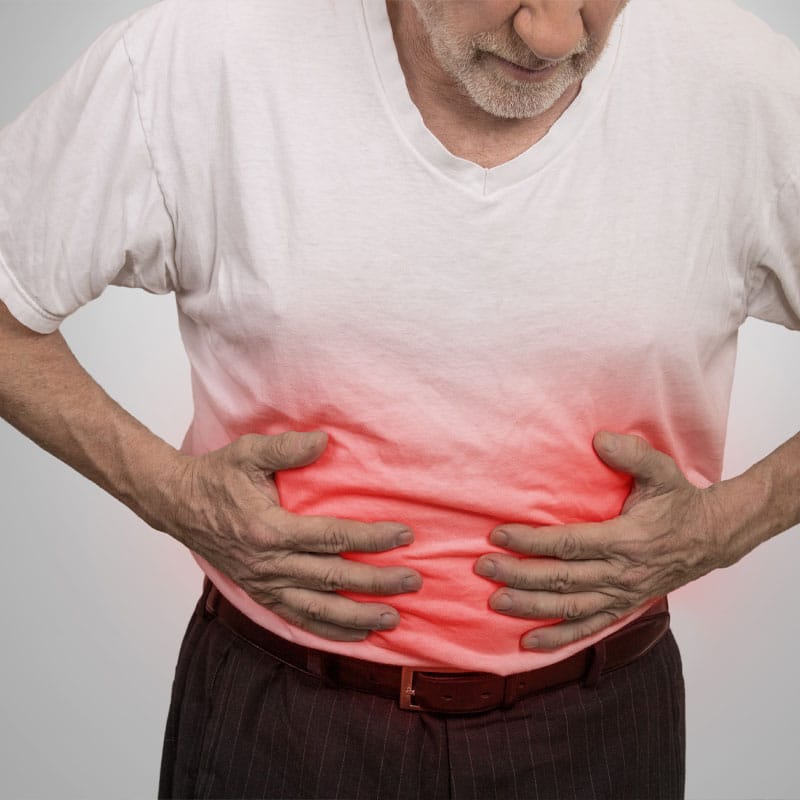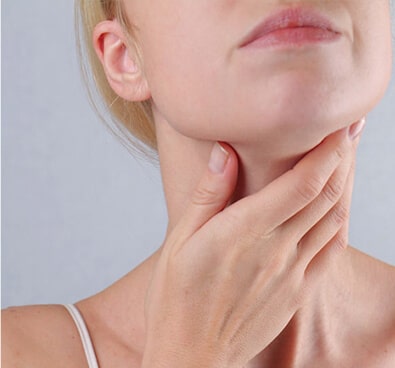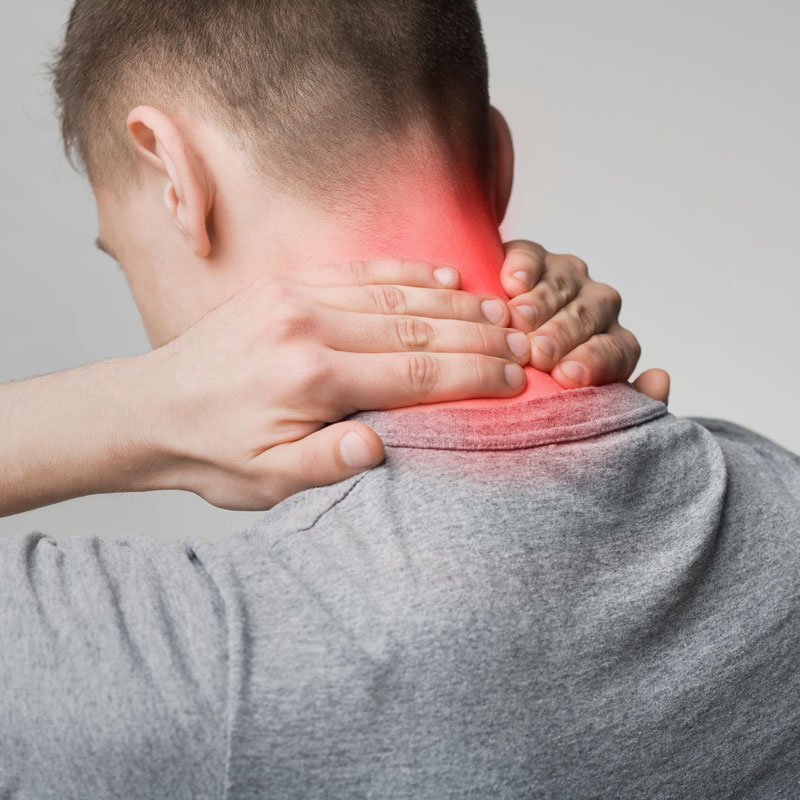
Symptoms of Osteoarthritis
Osteoarthritis worsens over time and has numerous symptoms. These symptoms include-
- Pain, stiffness and tenderness in the joints
- Loss of flexibility, a grating sensation in their joints and bone spurs
- Pain when you move the joint or afterwards
- Tenderness when light pressure is applied to the joint
- Stiffness in the joint generally upon awakening or after long periods of inactivity or rest
- Loss of flexibility and lack of full range of motion in the joints
- Grating noise or experience a pop on joint movement
- Hard lumps in or around their joints. The lumps are bone spurs, or tiny bits of bone that have fragmented away from the joint.
Causes & Risk Factors of Osteoarthritis
Each bone has cartilage on the end of it. When the cartilage begins to deteriorate, osteoarthritis occurs. The cartilage provides a smooth surface for frictionless movement. As osteoarthritis occurs, the cartilage becomes rough, resulting in pain and joint stiffness. If the cartilage completely deteriorates, the patient’s bone will rub against bone. There are numerous risk factors when it comes to osteoarthritis. These include –
- Age – As you age, their chances of developing osteoarthritis increase.
- Sex – Although the reason is unknown, women are more likely than men to develop osteoarthritis.
- Bone problems – If you have defective joints and cartilage, you may be at increased risk of developing osteoarthritis.
- Joint injuries from accidents or sports increase the chances of developing osteoarthritis
- Obesity – Obese people have an increased risk of osteoarthritis and joint pain. Physicians believe that the extra weight in obese people puts extra pressure on the joints.
- Repetitive movements while working is also a risk factor.
Medical conditions such as diabetes, gout, Paget’s disease and an underactive thyroid can increase the risk of osteoarthritis. Researchers speculate that the stress caused by these and other diseases can negatively impact the joints.
Diagnosis of Osteoarthritis
A thorough physical examination is the first step in getting a diagnosis of osteoarthritis. Your physician will examine the joint and determine 
Physicians may also utilize a variety of lab tests to help diagnose osteoarthritis. Blood tests are used to rule out other medical conditions that may be causing the pain a patient is experiencing. These medical conditions include cancer and rheumatoid arthritis. Finally, a physician may test fluid from a patient’s joint to help with diagnosis. For this test a doctor will place a needle in the joint and draw a sample of fluid and send it to the laboratory.
Osteoarthritis affects millions of people each year. This common type of arthritis causes pain, decreased mobility, and tenderness. As patients age, the risk of osteoarthritis increases. The most common joints to develop osteoarthritis include the knees, hips, hands, lower back and neck.






















